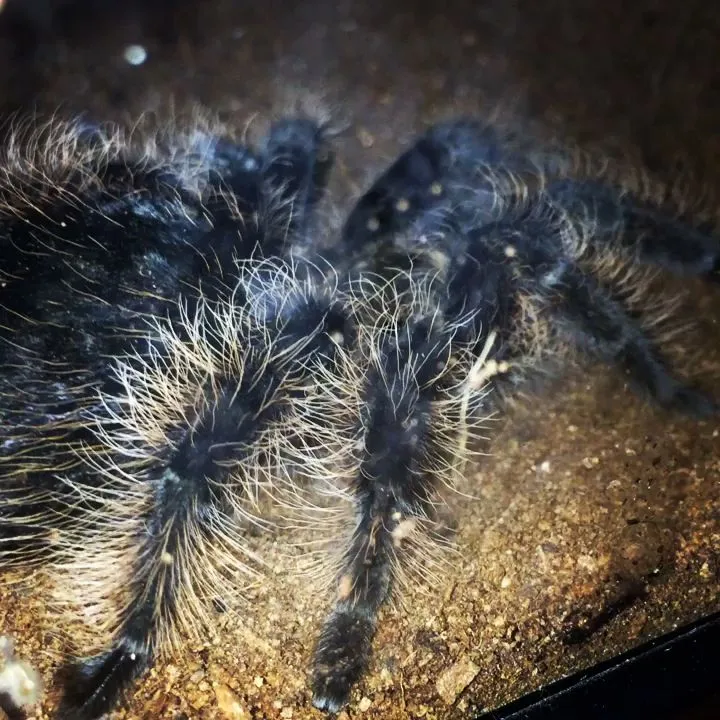Tarantula Pet Ireland 7 Care Tips Overview
Bringing a tarantula into your home in Ireland can be an exciting experience. These fascinating creatures, with their diverse sizes and colors, have become increasingly popular pets. However, owning a tarantula is a significant responsibility. This guide, crafted with Irish pet owners in mind, offers seven essential care tips to ensure your tarantula thrives. From selecting the right species and setting up a suitable habitat to understanding their dietary needs and health concerns, we’ll cover everything you need to know to provide the best possible life for your arachnid companion. This guide will help you navigate the unique aspects of tarantula ownership in Ireland, from local regulations to accessing specialized care.
Choosing the Right Tarantula for Your Home
Selecting the appropriate tarantula species is the first crucial step. Different species have varying temperaments, care requirements, and lifespans. For beginners in Ireland, the Chilean Rose Hair tarantula (Grammostola rosea) and the Mexican Red Knee (Brachypelma hamorii) are often recommended due to their relatively docile nature and ease of care. Researching each species is vital, considering factors like size, venom potency, and humidity needs. Factors like your experience level and the space you have available will also play a significant role. Avoid species that are known for being aggressive or those that require highly specialized environments unless you have the experience and resources to provide them.
Considerations Before Getting a Tarantula in Ireland
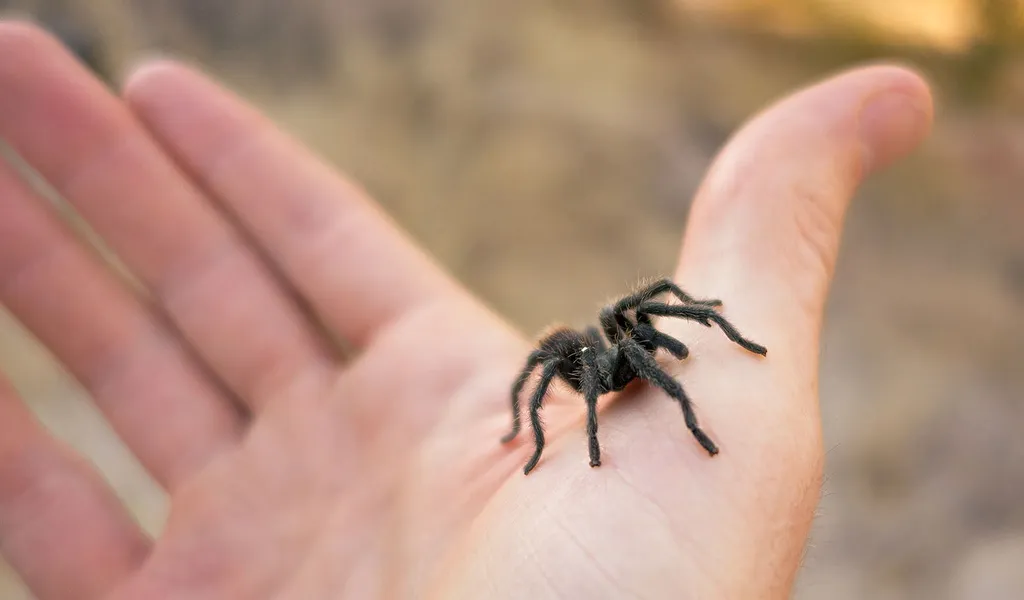
Before acquiring a tarantula in Ireland, consider your lifestyle and the commitment involved. Tarantulas are low-maintenance in some ways, but they still need regular care. You’ll need to be comfortable with handling and feeding live insects. Think about your living situation, ensuring you have a secure space for the enclosure away from direct sunlight and drafts. Consider the potential for allergies within your household. Research and understand the tarantula’s lifespan, as some species can live for over 20 years. Ensure you have the resources to provide for the tarantula’s needs throughout its entire life, considering the costs of enclosure, food, and any potential vet visits. Assess your readiness to handle the responsibilities.
Species Availability in Ireland
The availability of tarantula species in Ireland varies. Local pet shops and specialized reptile stores are the primary sources. Popular species like the Chilean Rose Hair and Mexican Red Knee are usually readily available. However, rarer or more exotic species may be harder to find and potentially more expensive. When choosing a tarantula, prioritize reputable breeders or suppliers. Check the tarantula’s health, activity level, and overall condition before purchase. Be prepared to do research on the specific species you are considering to ensure it thrives in your environment. Online forums and communities can be invaluable resources for finding reliable sellers and learning about species-specific care requirements.
Setting Up Your Tarantula’s Enclosure
The enclosure is your tarantula’s home, so it must be well-suited to its needs. Size, type, substrate, and decor all play crucial roles in your tarantula’s well-being. The enclosure should be large enough for the tarantula to move around comfortably but not excessively large, as this can make it harder for the tarantula to find its food. A secure lid is essential to prevent escape, especially for arboreal species that can climb. The enclosure should be located in a quiet area away from direct sunlight and drafts, maintaining a stable environment to prevent unnecessary stress on the animal. Proper setup will create a comfortable and safe environment for your pet tarantula, contributing to its health and longevity.
Enclosure Size and Type
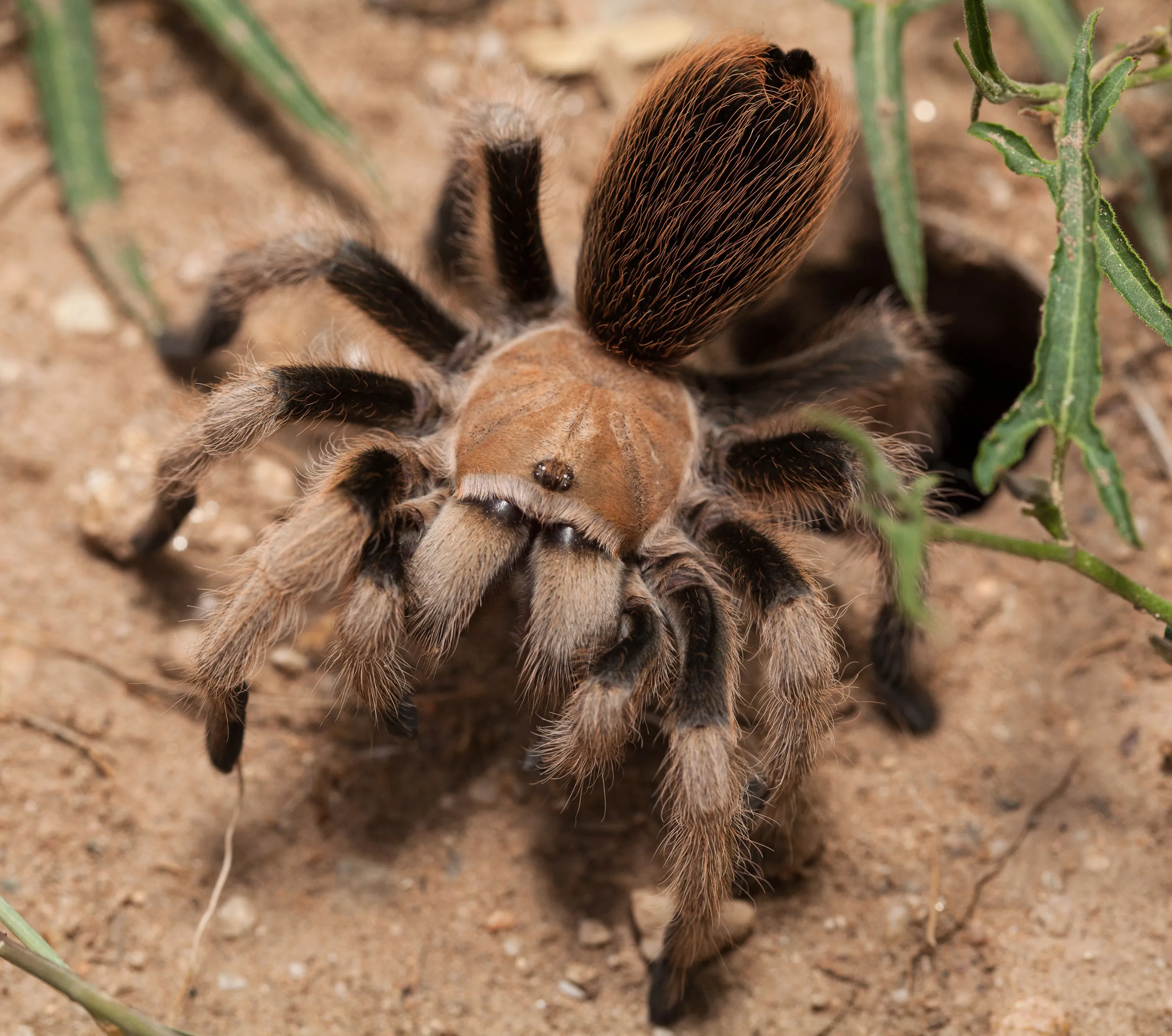
The size and type of enclosure depend on the tarantula species and its size. Terrestrial species need more floor space, while arboreal species benefit from height for climbing. A good rule of thumb is to provide an enclosure that is at least twice the tarantula’s leg span in width and length. Suitable enclosure materials include glass or acrylic, providing clear visibility and ease of cleaning. Ensure the enclosure has adequate ventilation to prevent the buildup of moisture and maintain the air quality. Secure the lid to prevent escapes. Regularly monitor the enclosure’s dimensions to ensure they remain appropriate as your tarantula grows, especially if you start with a juvenile that will mature into a much larger specimen.
Substrate and Decor
The substrate is the bedding material in the enclosure. The right choice of substrate is vital for maintaining humidity and providing a natural environment for your tarantula. Popular options include coco fiber, peat moss, and a mixture of both. These substrates retain moisture well and are safe for tarantulas. Avoid substrates like sand or gravel, which can be abrasive and difficult to clean. Decorate the enclosure with items like cork bark, artificial plants, and hides to provide the tarantula with security and enrichment. Ensure that any decorations are non-toxic and won’t harm the tarantula. Replace the substrate regularly to prevent the buildup of mold and bacteria.
Temperature and Humidity Control
Temperature and humidity are critical factors in tarantula care. Different species require different temperature and humidity levels, so research your tarantula’s specific needs. Generally, tarantulas thrive in temperatures between 75°F and 85°F (24°C to 29°C). Use a heat mat or a heat lamp to maintain the correct temperature. A thermometer is essential for monitoring the temperature inside the enclosure. Humidity can be maintained through regular misting or by providing a water dish. Use a hygrometer to monitor the humidity levels. Consistent monitoring and adjustments will create a stable and suitable environment for your tarantula.
Feeding Your Tarantula Pet
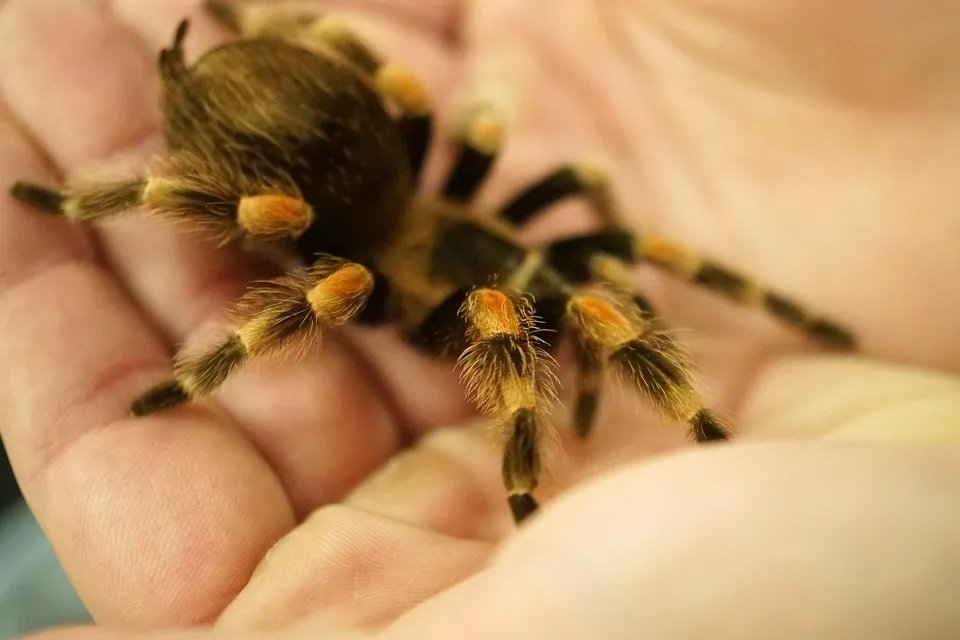
Proper feeding is essential for your tarantula’s health and growth. Tarantulas are carnivorous, primarily feeding on insects. The type of food, feeding frequency, and amount will vary based on the tarantula’s species, age, and size. Providing a nutritious and varied diet is crucial for their overall well-being. Be cautious about the size of prey items and ensure they are appropriate for the tarantula’s size to prevent injury or stress. Regular feeding routines help to establish healthy feeding habits, ensuring that your tarantula receives the essential nutrients necessary for its life.
Choosing the Right Food
The best food for tarantulas in Ireland is typically live insects. Crickets, mealworms, and roaches are common and readily available. Ensure the insects are gut-loaded with nutritious food before feeding them to your tarantula. This process ensures the tarantula receives the necessary vitamins and minerals. Avoid feeding insects that have been exposed to pesticides, as they can be harmful. The size of the prey should be appropriate; ideally, the insect should be no larger than the tarantula’s body. Varying the diet with different types of insects offers a more balanced nutritional profile, contributing to the tarantula’s overall health and longevity. Always remove uneaten prey to prevent stressing your tarantula.
Feeding Frequency and Amounts
The feeding frequency depends on the tarantula’s age and metabolism. Young tarantulas (spiderlings) need to be fed more frequently, often every few days. Adult tarantulas can typically be fed once or twice a week. Observe your tarantula to gauge its appetite and adjust the feeding schedule accordingly. If a tarantula refuses to eat, it may be in pre-molt, and you should stop feeding it until it molts. The amount of food provided should be proportionate to the tarantula’s size and appetite. Overfeeding can lead to obesity. Regularly monitor the tarantula’s abdomen, which should be a healthy size and not excessively large.
Watering and Hydration
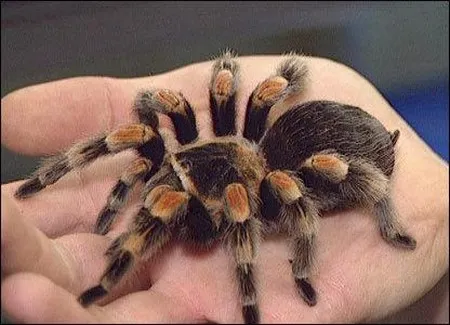
Water is essential for tarantulas. They obtain water by drinking from a shallow water dish. Ensure the water dish is always clean and filled with fresh water. Provide a water source appropriate for the tarantula’s size and species. Some tarantula keepers also mist the enclosure to increase humidity, especially for species that require higher humidity levels. If your enclosure is well-ventilated, misting can help maintain the necessary humidity. Water is essential for molting and overall health. A consistent supply of clean, fresh water contributes significantly to a healthy and thriving tarantula.
Handling and Interaction Guidelines
While tarantulas are generally not aggressive, handling should be approached with caution. It’s important to understand when and how to handle your tarantula to ensure its safety and yours. Handling can be stressful for tarantulas, and it should be minimized. However, if handling is necessary, proper techniques are crucial. Knowing the tarantula’s temperament and recognizing signs of stress are vital for a positive interaction. Always prioritize the tarantula’s well-being.
When to Handle and When Not To
It’s generally best to avoid handling your tarantula unless necessary, such as for enclosure maintenance or health checks. Avoid handling during molting, as the tarantula is vulnerable. Don’t handle after feeding or if the tarantula shows signs of stress, such as raising its front legs in a defensive posture. Certain tarantula species are more prone to defensive behaviors and are best left undisturbed. When handling, be mindful of the tarantula’s signals and return it to its enclosure immediately if it shows signs of discomfort or aggression. Always approach the interaction with caution, prioritizing the tarantula’s comfort and well-being.
Safe Handling Techniques
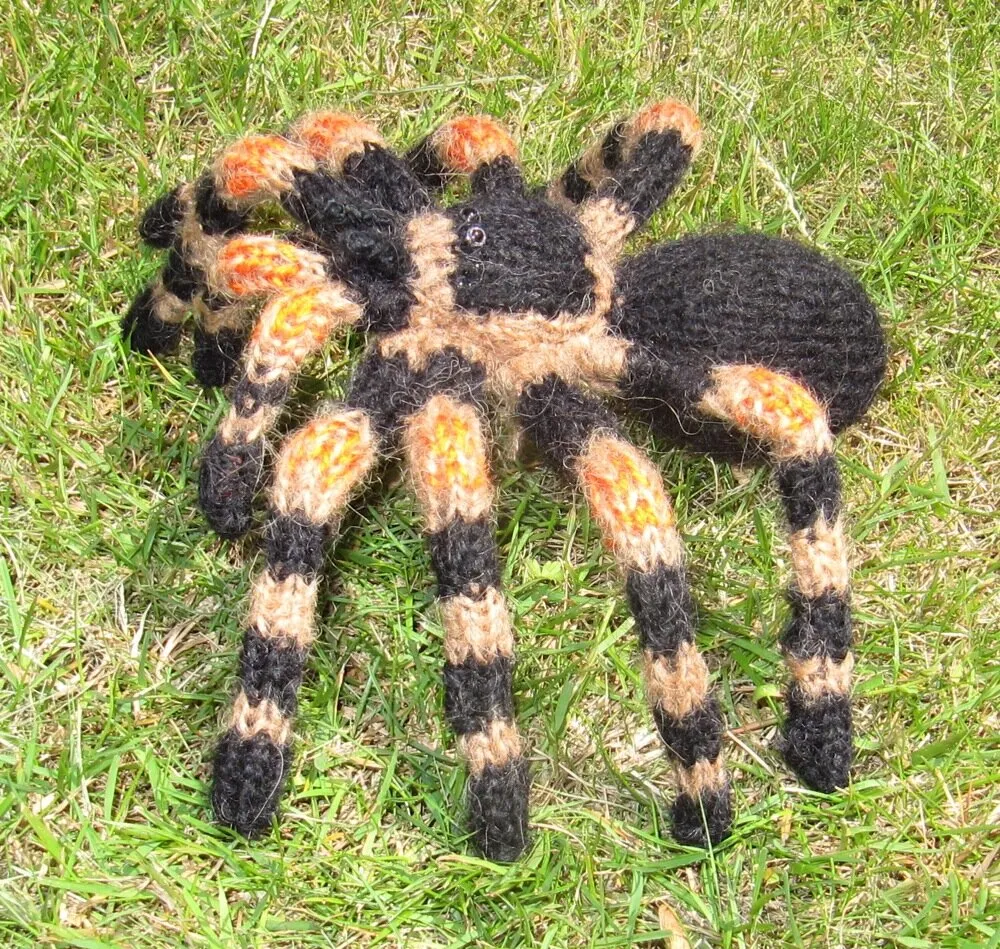
If handling is required, do so carefully and gently. Avoid sudden movements that could startle the tarantula. Encourage the tarantula to walk onto your hand rather than attempting to pick it up. Handle over a soft surface, like a bed or a carpet, to minimize the risk of injury if it falls. Never squeeze or restrain the tarantula. Be aware that some species have urticating hairs that can cause skin irritation. If you are unsure about the tarantula’s temperament, it’s best to observe from a distance or consult with an experienced handler. Wash your hands thoroughly after handling.
Maintaining a Clean Environment
Maintaining a clean enclosure is essential for preventing the growth of bacteria, mold, and other harmful microorganisms. Regular cleaning contributes significantly to your tarantula’s health and longevity. A clean environment minimizes the risk of illness and provides the tarantula with a more comfortable and less stressful living space. Proper hygiene will ensure your tarantula thrives and remains a healthy companion.
Regular Enclosure Cleaning
Regular cleaning is crucial for maintaining a healthy environment. Spot-clean the enclosure at least once a week, removing any uneaten food, molts, and waste. Replace the substrate periodically, depending on the type and the tarantula species. For example, a terrestrial species in a humid environment may need more frequent substrate changes. The frequency of cleaning depends on several factors, including the species and the humidity levels in the enclosure. Clean the enclosure walls and decorations as needed to prevent buildup. Always use appropriate cleaning solutions that are safe for the tarantula and won’t leave any harmful residues. Replace the substrate regularly to prevent the buildup of mold and bacteria.
Waste Removal and Hygiene
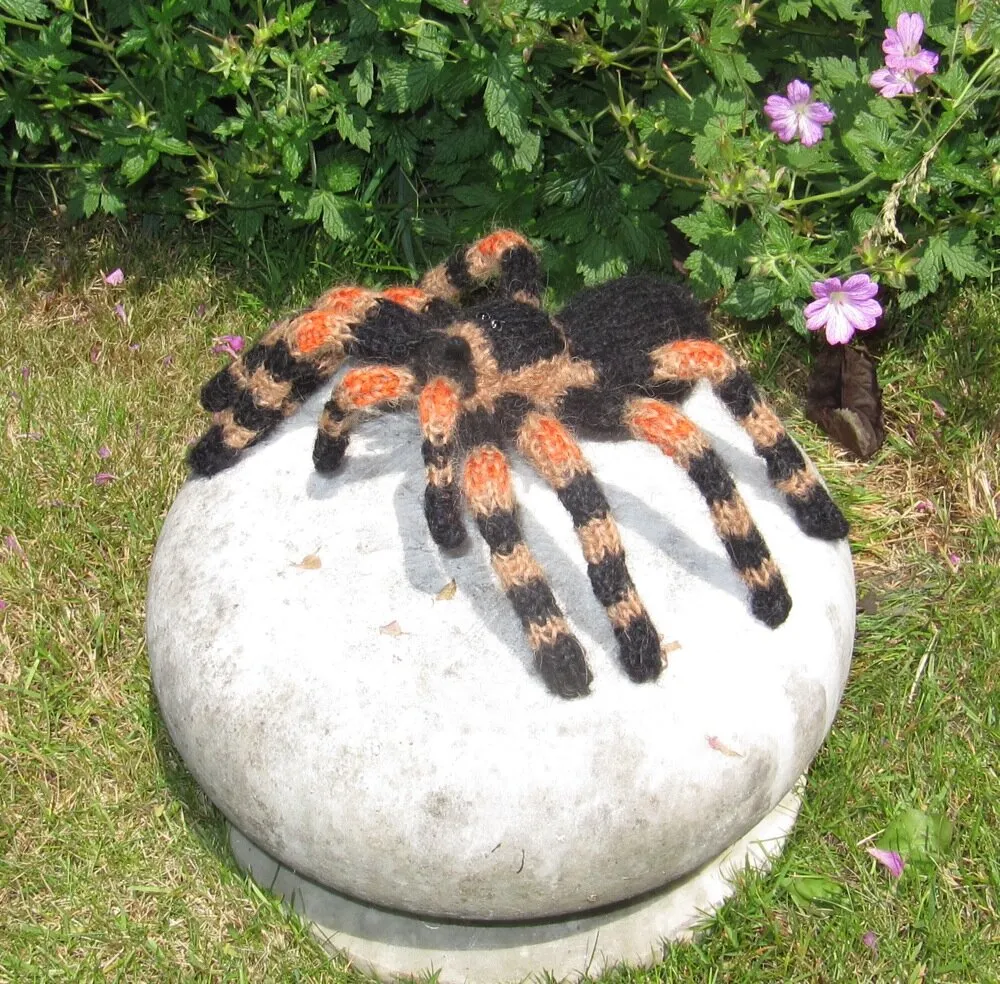
Waste removal is an essential aspect of maintaining a clean enclosure. Tarantulas produce waste, and the accumulation of waste can create an unhealthy environment. Regularly remove waste with tongs or a small scoop. Disposal of waste should be done responsibly, following local guidelines. Maintaining good hygiene practices, such as washing your hands before and after handling the tarantula or cleaning its enclosure, is essential. Avoid using harsh chemicals or cleaning agents, as they can be toxic to tarantulas. Regular waste removal helps in preventing potential health issues and ensures the cleanliness of the enclosure. A clean environment reduces the risk of illness and creates a more comfortable living space.
Health and Wellness
Monitoring your tarantula’s health and wellness is vital to ensure a long and healthy life. Recognizing signs of illness or distress is essential for early intervention. Regular observation, along with understanding common health issues and knowing when to seek professional veterinary care, is key. Responsible pet ownership involves actively looking after the tarantula’s health and well-being.
Identifying Common Health Issues
Learn to identify common health issues. Look for signs of illness, such as lethargy, loss of appetite, or unusual behavior. Check the tarantula’s abdomen for any signs of injury or abnormalities. Examine the tarantula’s legs and fangs for damage. Look for signs of parasites or mites. Be aware of the signs that may indicate a problem during molting. Consult reliable online resources and experienced tarantula keepers to familiarize yourself with common health problems. If you notice anything unusual, it is always best to seek advice from a veterinarian experienced in exotic animals.
Seeking Veterinary Care in Ireland
Finding a veterinarian in Ireland who specializes in exotic animals is crucial if your tarantula becomes ill. Not all vets have experience with tarantulas, so research and find a qualified professional in your area. Consider that the vet might be in another county. Keep a list of emergency contact numbers for vets who treat tarantulas. In case of illness or injury, do not delay seeking veterinary care. Early diagnosis and treatment are essential for the best outcome. Proper veterinary care plays a crucial role in maintaining your tarantula’s health and well-being.
Legal Considerations for Tarantula Pets in Ireland
Understanding the legal aspects of owning a tarantula in Ireland is important for responsible pet ownership. Local and national regulations may apply to the import, ownership, and sale of exotic animals. Be aware of any permits or licenses required and follow all regulations. This understanding helps you to be a responsible and compliant pet owner. Familiarity with these legal requirements ensures that you are taking the right measures in accordance with the law.
Import and Ownership Regulations
Before importing or acquiring a tarantula in Ireland, research the relevant regulations. Ensure you comply with all import permits and ownership requirements. The regulations might vary depending on the tarantula species. Familiarize yourself with any local laws or restrictions related to keeping exotic animals. Maintain accurate records of the tarantula’s origin and any necessary documentation. Contact the relevant authorities, such as the Department of Agriculture, Food and the Marine, for specific guidelines and information. Understanding and adhering to import and ownership regulations ensure that you comply with all legal requirements and contribute to responsible pet ownership.
Conservation and Ethical Sourcing
Consider conservation and ethical sourcing when obtaining a tarantula. Support reputable breeders who prioritize the health and welfare of their animals. Avoid acquiring tarantulas that have been wild-caught, as this can be detrimental to wild populations. Research the breeder and the origin of the tarantula. Prioritize tarantulas from sustainable and ethically sound sources. By supporting ethical breeders, you contribute to the conservation of tarantulas and ensure that they are treated humanely. This responsible approach helps to preserve the well-being of these animals and their habitats.
